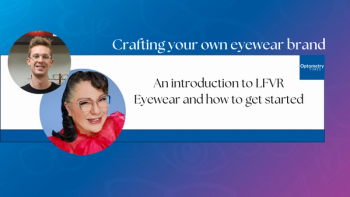
Worse outcomes linked to newer corneal transplant techniques
A study recently published in Ophthalmology found that newer lamellar techniques have worse survival and visual outcomes than penetrating keratoplasties.
A
The study, conducted by the
The investigators found that from 1996 to 2006, the number of corneal grafts remained stable (mean 926), but the number increased over the course of the next six years, reaching 1,482 in 2012, revealing a need for 264 additional corneal donors throughout Australia. According to the study, this increase in procedures correlates with a shift in practice, with surgeons performing an increasing number of DALKs, endothelial grafts, and pseudophakic bullous keratopathy after 2006 and a declining number of penetrating grafts.
However, when researchers looked at outcomes, they found there was little benefit with the newer techniques when the procedures were matched by era and indication. Penetrating grafts had significantly better survival and visual outcomes compared with DALKs performed for the same indication during the same period.
Endokeratoplasties had significantly worse survival than penetrating grafts performed for the same indication during the same time. Compared with penetrating grafts, endokeratoplasties had significantly worse visual outcomes when performed for Fuchs' dystrophy (P < .001). However, they had significantly better visual outcomes when performed for pseudophakic bullous keratopathy.
Surgeons with more than 100 registered keratoplasties had better survival of endokeratoplasties compared to less-experienced surgeons. However, keratoplasty failure occurred even after 100 grafts among experienced, high-volume surgeons.
“The new procedures of lamellar keratoplasty that have evolved over the past two decades have been adopted enthusiastically by corneal surgeons worldwide,” write the study’s authors. “Although outcomes have been promoted as being significantly better than those of the well-established alternative of penetrating keratoplasty, the evidence for this claim is unconvincing outside of single-center studies.”
Newsletter
Want more insights like this? Subscribe to Optometry Times and get clinical pearls and practice tips delivered straight to your inbox.


















































.png)


